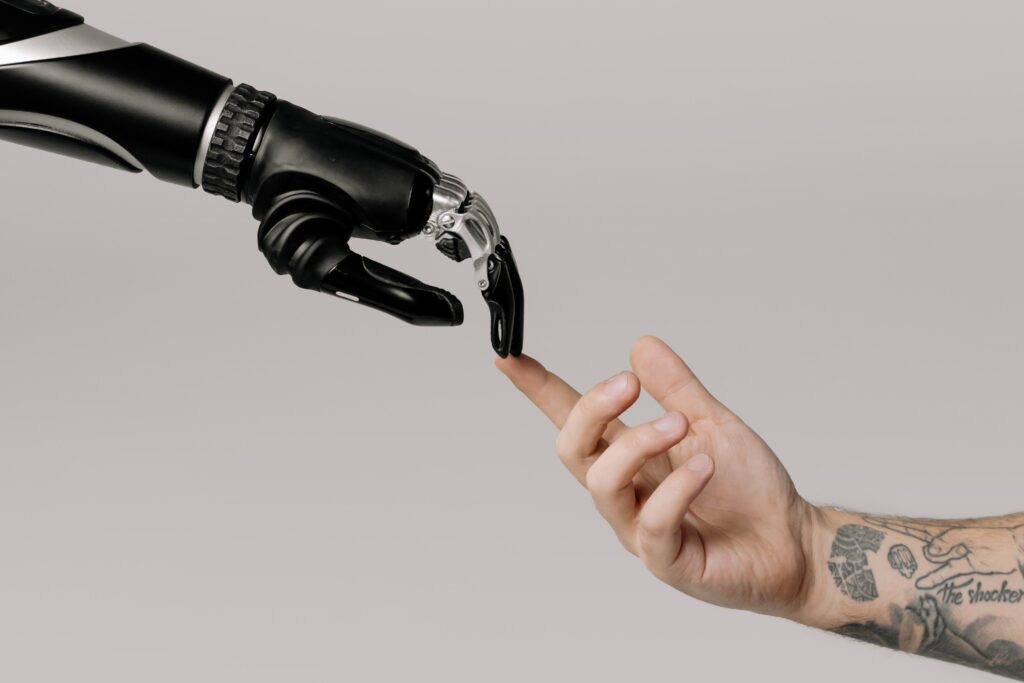In today’s rapidly evolving business landscape, setting your brand apart from the competition hinges on exceptional customer service. While conventional customer support methods like phone calls and emails are indispensable, they often fall short in meeting the expectations of modern consumers who demand rapid and personalized assistance. This has paved the way for the rise of AI chatbots, a revolutionary solution for offering round-the-clock customer support.

AI chatbots are sophisticated computer programs that simulate human conversations through the fusion of natural language processing (NLP) and machine learning. These digital assistants possess the remarkable capacity to manage a multitude of queries simultaneously, furnish personalized responses, and operate ceaselessly, every day of the year. As AI technology continues to advance, the capabilities of chatbots are expanding, empowering businesses to optimize customer experiences and augment sales.
The speed and efficiency afforded by AI chatbots are at the heart of their adoption in customer support. These bots excel at handling numerous inquiries concurrently, ensuring customers receive instant resolutions without enduring prolonged wait times. Consequently, businesses can amplify customer satisfaction, cultivate a sterling brand reputation, and foster loyalty by elevating the quality of customer interactions, all while incurring minimal costs.
Personalization has emerged as a cornerstone of contemporary customer service, further fueling the integration of AI chatbots. These intelligent bots adeptly learn customer preferences, purchase histories, and other relevant details, enabling them to deliver tailored recommendations, assistance, and promotions. This personalized approach resonates with customers, engendering brand loyalty. Moreover, chatbots bolster service quality by swiftly accessing real-time data and product information, thereby furnishing accurate responses to customer inquiries.
The utility of chatbots extends to conserving time and resources for businesses. The process of recruiting and training call center agents to provide round-the-clock coverage can be both expensive and time-intensive. Chatbots, on the other hand, can function cost-effectively with minimal oversight, rendering them an appealing alternative.
Finally, the symbiotic relationship between customers and AI chatbots drives continuous improvement in service delivery. As chatbots accumulate insights from their interactions, they incorporate machine learning to enhance accuracy and suggest tailored offerings aligned with customer preferences. This iterative approach optimizes customer satisfaction, accelerates response times, and curtails associated expenditures.
In conclusion, the evolution of AI chatbots into indispensable tools for businesses is undeniable, offering top-tier customer service, improved brand perception, enhanced customer loyalty, and streamlined operations. With their exceptional capability to provide seamless support and personalized interactions, AI chatbots stand as a transformative asset in modern customer engagement strategies. As industries continue to navigate the ever-evolving customer-centric landscape, embracing AI chatbots becomes a strategic imperative that can catalyze success. For comprehensive solutions that span from influencer marketing to digital advertising, reach out to Colure Media today. Let us help you elevate your brand through tailored strategies, including social media marketing campaigns and cutting-edge mobile app projects.









